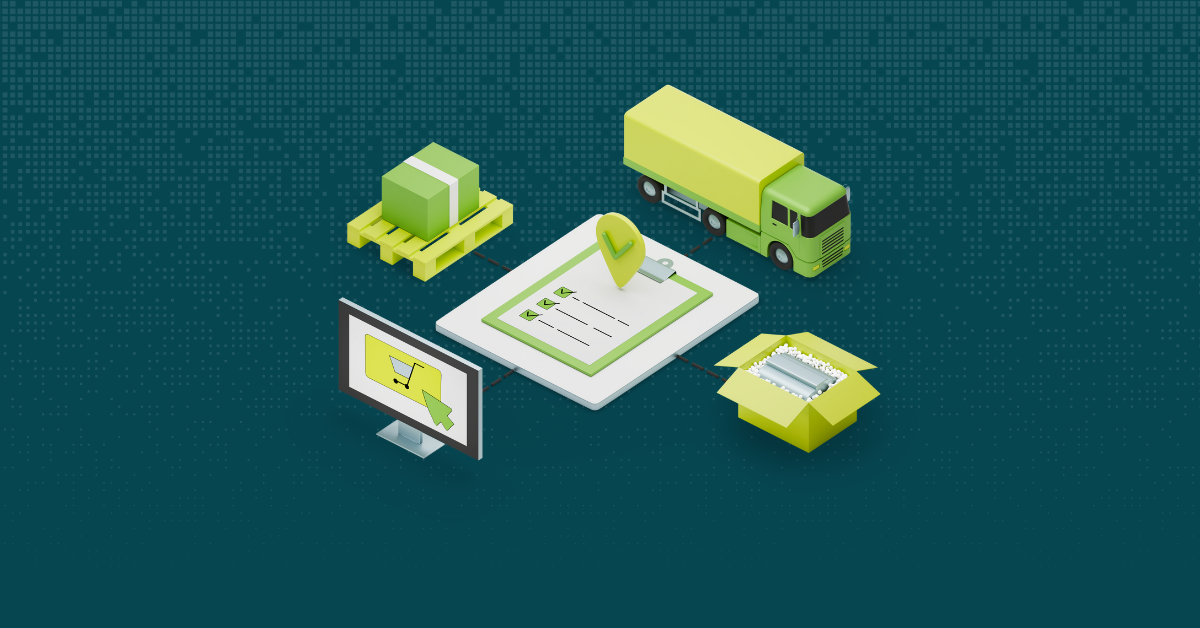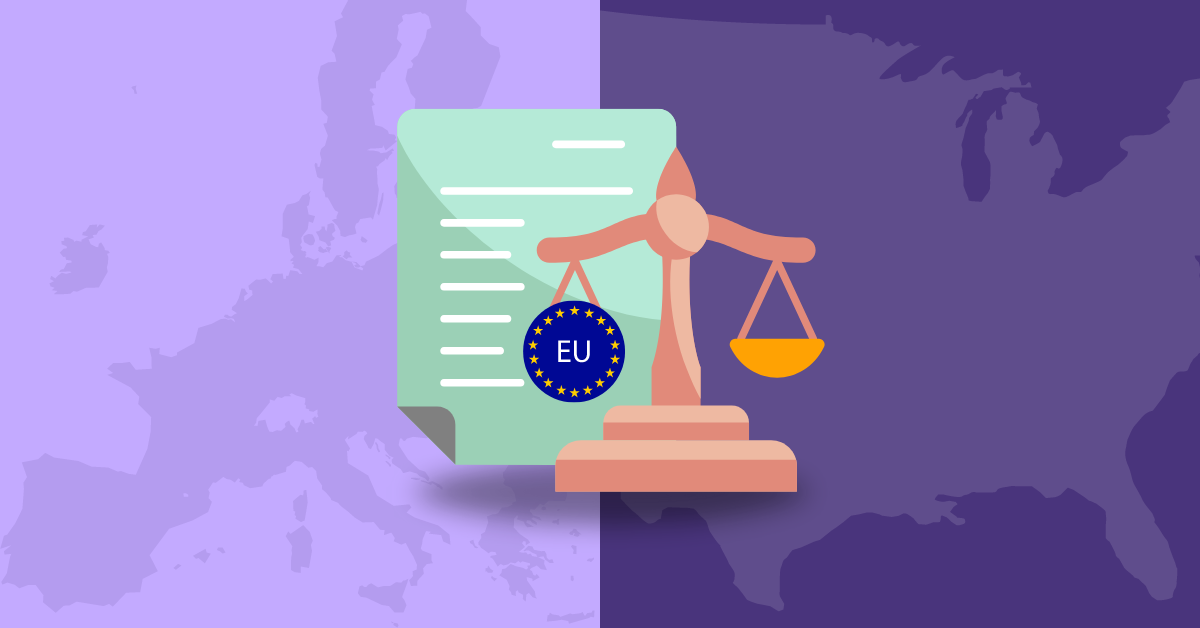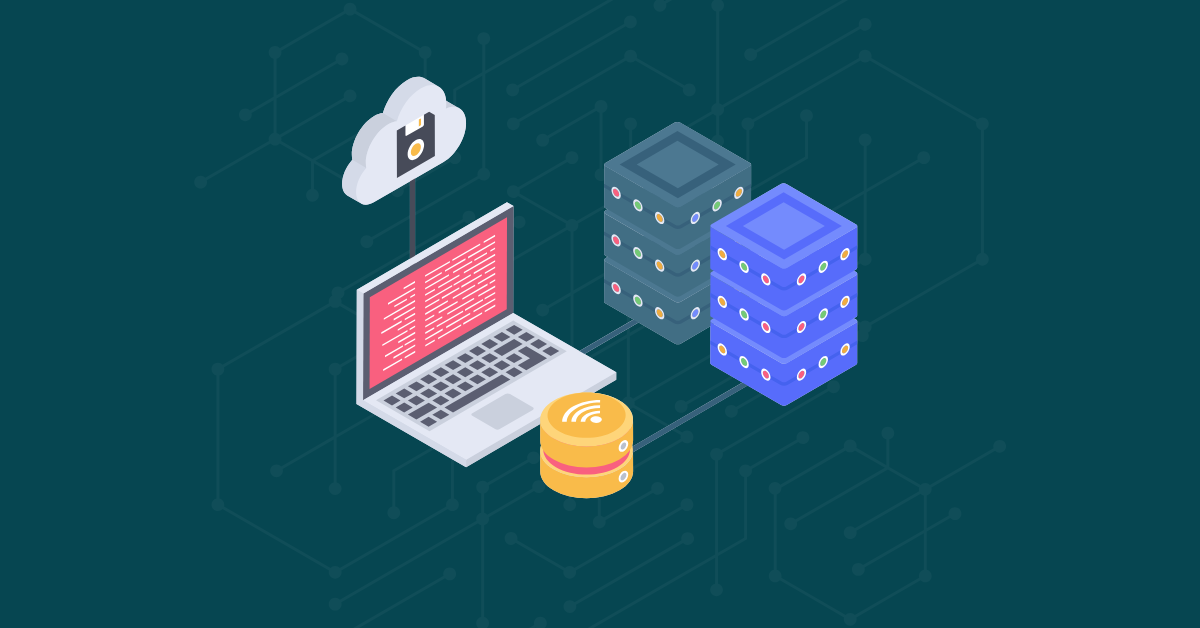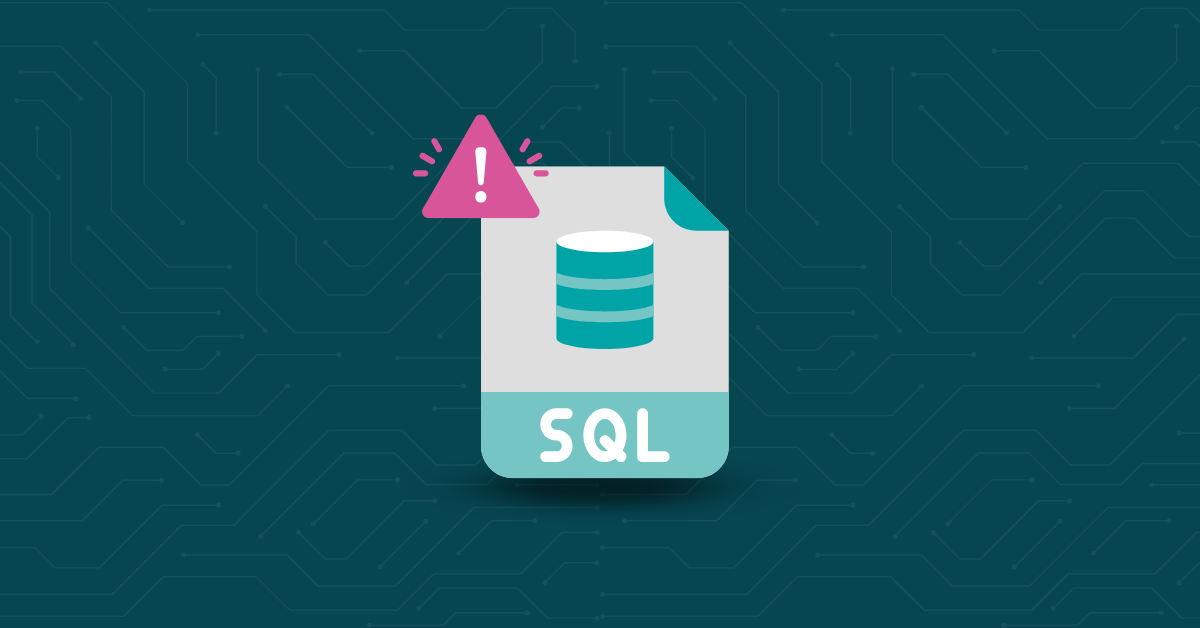

As today’s threat landscape evolves, nations must draft new frameworks and standards to address the latest cyber advancements. The updated Network and Information Security Directive (NIS2) and the Digital Operational Resilience Act (DORA) are two of the most recent policies governing cybersecurity processes for nations participating in the EU. Companies doing business with clients in these regions must familiarize themselves with the new frameworks.
In this article, we’ll explore the contents of the NIS2 and DORA policies. We’ll provide an overview of each policy’s purpose and scope, highlight some similarities and applications between the two, and offer steps you can take to prepare for their implementation.
NIS2 is the broader of the two cybersecurity policies, applying to key entities within nearly every major sector. Established in January 2023, it builds on its predecessor, the Network and Information Security Directive (NIS), which was founded in 2016. EU member states have until 17 October 2024 to implement NIS2 into their national laws.
One of the key features of NIS2 is its expanded scope, categorizing organizations into two groups: Essential Entities and Important Entities. Essential Entities face stricter regulations and stiffer penalties than Important Entities, so it’s crucial to understand which category a company falls under.
Essential Entities are considered “large” organizations within critical sectors, such as:
To qualify as a “large” entity, organizations must:
Meanwhile, Important Entities are organizations within sectors less central to society, including:
Important Entities are classified as “medium-sized” organizations, meaning they must:
A significant limitation of the previous NIS policy was its limited scope. NIS2 addresses this by applying its regulations to more industries and categorizing them based on size and profitability, thereby providing cybersecurity protection with greater granularity across more sectors of society.
NIS2 was created to address the most recent advancements in cyberattacks and to overcome the key weaknesses of its predecessor, NIS. Beyond expanding its scope and categorizing entities by size, NIS2 introduces several important improvements that foster a more consistent cybersecurity strategy across all major sectors, contributing to a safer digital environment within the EU.
While NIS2 provides a broad framework, DORA is specifically focused on the financial sector. The Digital Operational Resilience Act (DORA) serves as a comprehensive risk management framework for entities in the information and communication technology (ICT) industry within the financial sector. The legislation, which will go into effect on 17 January 2025, is designed to enhance cybersecurity and operational resilience across the financial industry.
DORA applies to both traditional and nontraditional organizations within the financial ICT sector, including but not limited to:
In addition, DORA covers any third-party business partners affiliated with financial organizations, such as managed service providers (MSPs), data centers, and other vendors. As a result, financial companies must carefully select their business partners to ensure DORA compliance.
DORA’s purpose is twofold. Firstly, it aims to establish a comprehensive framework for financial institutions to conduct their ICT processes with enhanced cybersecurity measures. And, second, DORA seeks to standardize ICT operations within the financial sector across all EU member states.
To achieve these objectives, DORA addresses the following ICT processes:
With its enhanced guidelines and policies, DORA helps financial organizations adopt a more consistent approach to cybersecurity, reducing their exposure to attack vectors across their entire supply chain.
NIS2 and DORA represent the latest efforts to address the increasingly sophisticated threat landscape. These regulations aim to strengthen companies’ cybersecurity posture against the tactics employed by today’s threat actors. Organizations that equip their teams to comply with these laws will be better positioned to maintain compliance and reduce their attack surface. Conversely, those who fail to align with these frameworks may face costly compliance violations and risk losing their clientele.
Kiuwan’s Static Application Security Testing (SAST) and Software Composition Analysis (SCA) solutions enable developers and organizations to detect and remediate vulnerabilities in both proprietary and open-source code. These tools are essential for meeting the code-related requirements of NIS2 and DORA. Request a demo to discover how Kiuwan’s code security solutions can help your organization prepare for these upcoming regulatory changes.


